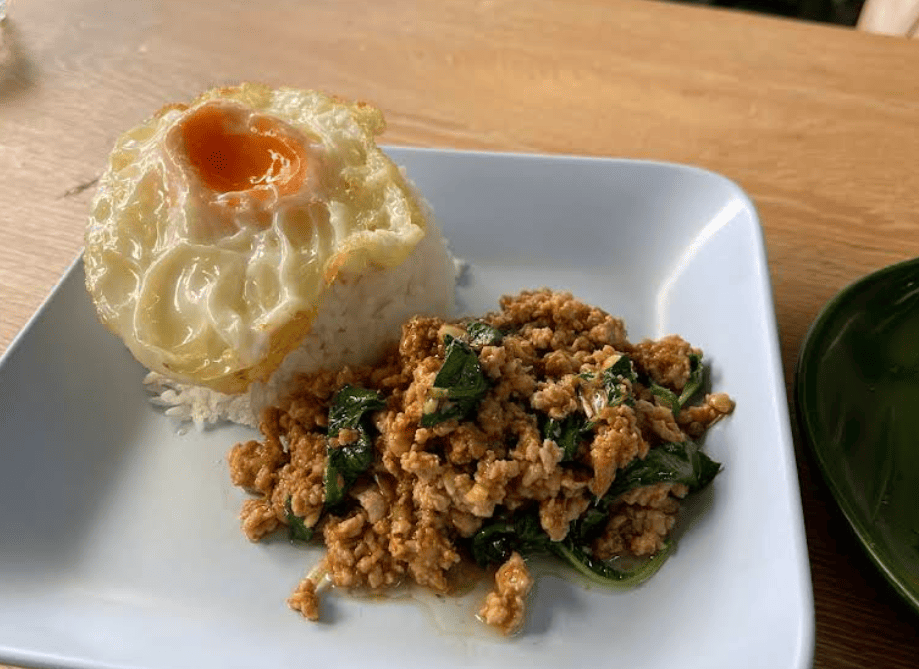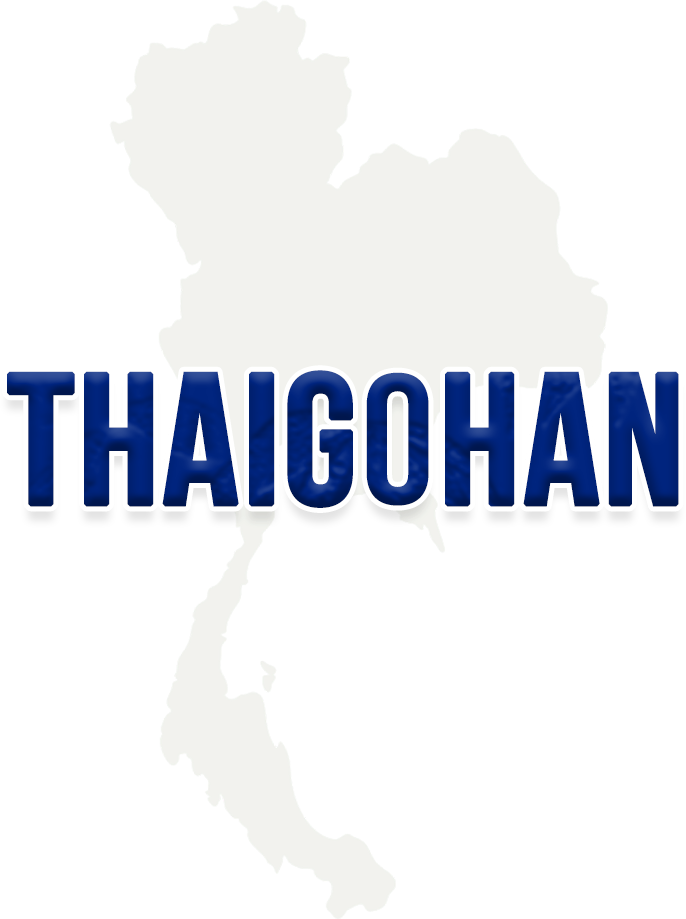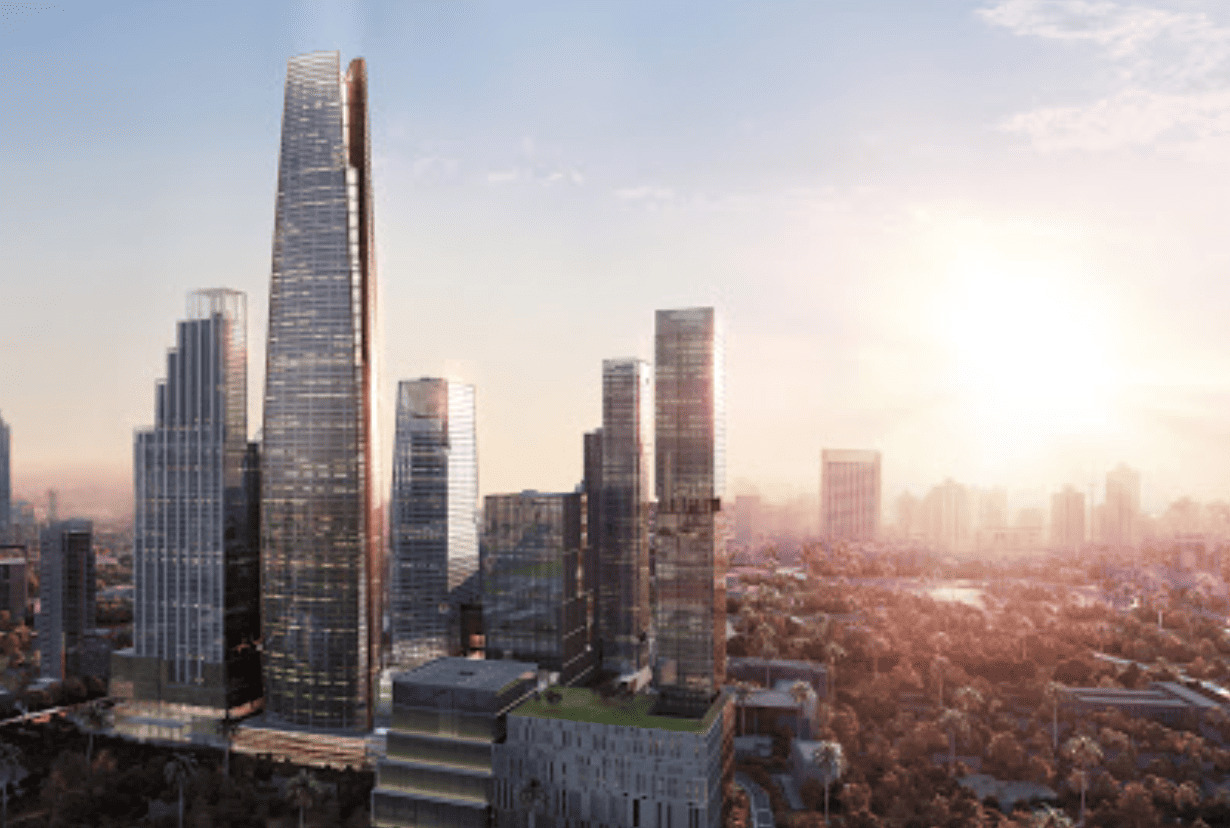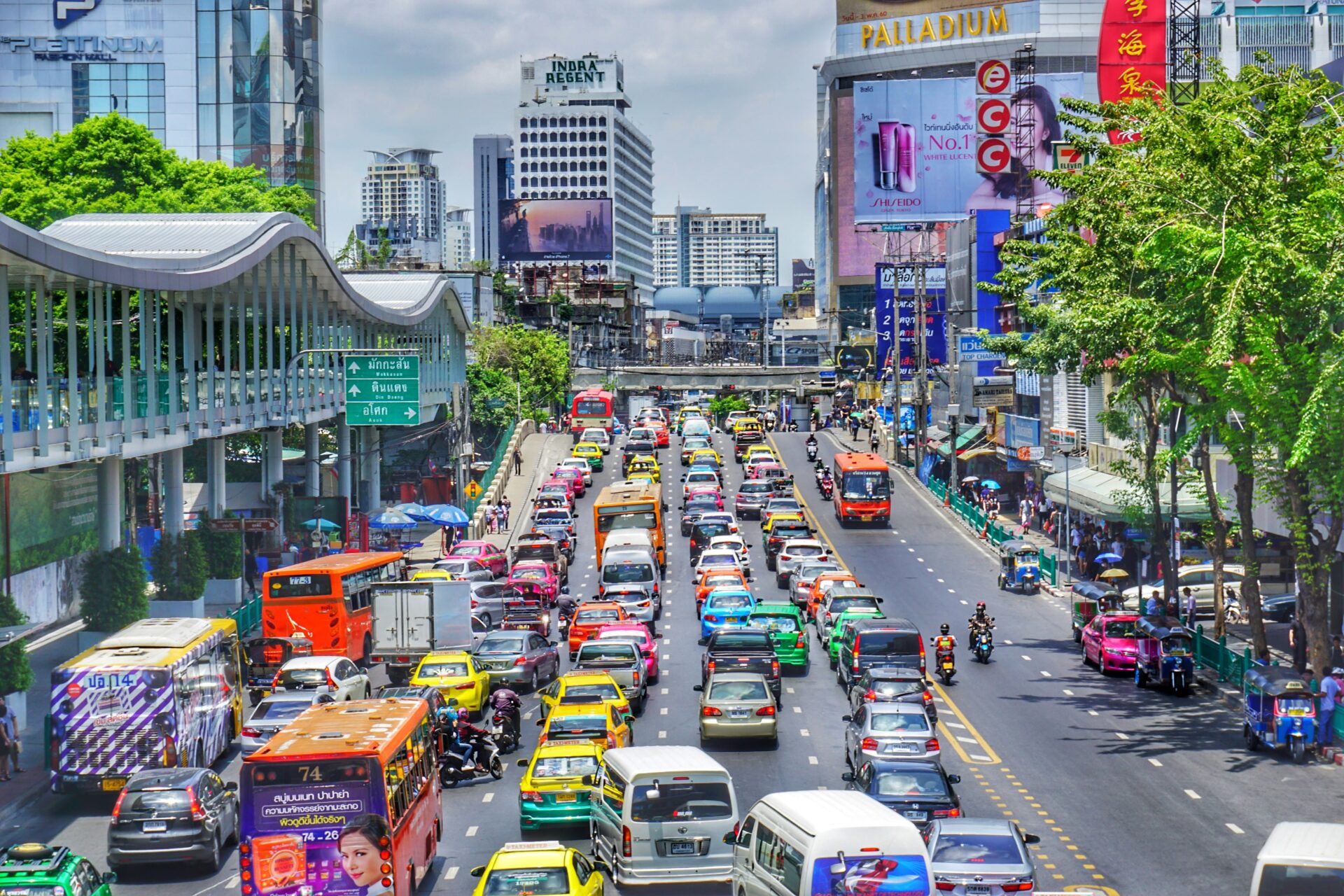Local Life Hacks and Latest Cost of Living in Thailand for July: Advice from Foreign Residents

For those considering living or staying long-term in Thailand, gaining a realistic understanding of daily life and living costs is crucial. This is especially true in July, which falls right in the middle of Thailand’s rainy season. Adapting to different local customs, weather, and expenses can seem confusing for newcomers. In this article, foreign residents currently living in Thailand share practical insights on “local life hacks for July,” real and up-to-date cost of living, and tips for shopping and dining smart in the local area. Whether you’re just curious about life in Thailand or planning a move, here you’ll find useful knowledge and budgeting ideas to make your stay comfortable and enjoyable.
目次
1. July Weather & Local Lifestyle in Thailand
1-1. July Climate and Daily Routine
July in Thailand is the heart of the rainy season. Sudden and intense downpours, or “squalls,” are normal, but these generally last just an hour or two before clearing up. Locals never stress about daily forecasts; instead, they always carry a compact umbrella or a light raincoat in their bag. Due to persistent humidity, dehumidifiers and air conditioning are essential at home, yet it’s also a great time to enjoy the open atmosphere of outdoor cafes or local street food stalls.
1-2. Local-Style “Rainy Season Living”
Long-term foreign residents quickly adjust to the rainy rhythm and learn to enjoy it. Many spend rainy mornings in coworking spaces or cafes, and head to night markets once the rain clears in the evening. Connecting with local communities makes it easy to enjoy life, even during the wet season, enhancing both work and leisure routines.
2. The Real Cost of Living: Housing, Utilities, and Communication
2-1. Average Rent and Housing Choice
In Bangkok, condos popular among expats cost around 12,000 to 25,000 THB per month for a 1-bedroom (30–40 sqm). Prices vary by facilities and location—living further from the city center can significantly reduce rent. Japanese-style serviced apartments offer extra convenience and security, although they can be pricier.
2-2. Utilities, Water, and Communication Costs
Utility bills greatly depend on air conditioner usage, averaging around 700–1,500 THB per month for a 1-bedroom. Larger families or heavy aircon users might pay above 2,500 THB. Water usually runs 100–300 THB per month for one person. For telecoms, a prepaid SIM typically costs 400–800 THB monthly, and fixed Wi-Fi services can be set up for about 1,000 THB.
2-3. How Bills Are Paid
Most Thai residents, including foreigners, pay bills via convenience stores, bank apps, or the “PromptPay” mobile system. Especially convenient on rainy days, digital payments are now a way of life and make managing monthly expenses quick and hassle-free.
3. Food, Shopping, Eating Out: Tips and Budget Planning
3-1. Supermarkets & Markets vs. Street Food & Local Eateries
Food costs depend on your style. Eating at local street stalls or diners (40–80 THB per meal) makes it possible to eat out 3 times a day economically. Those who prefer cooking will find a range of fresh vegetables, meats, and fish at local markets. However, imported specialty items—Western or Japanese foods—tend to be much more expensive.
3-2. Saving on Groceries & Takeaways
Local supermarkets have weekly specials and you can save a lot by using food delivery apps like “Grab” or “foodpanda,” which often have attractive coupons and discounts. On heavy rain days, many residents place bulk orders online for convenience. Farmers’ markets are also a great option for fresh, affordable produce.
3-3. Monthly Food Budget
A budget-conscious single person who mostly eats out can expect to spend around 4,000–7,000 THB per month on food. If you mix cooking and dining out, expect 8,000–12,000 THB per month. Those who enjoy imported goods or gourmet meals will need to budget extra.
4. Wellness, Transportation, and Leisure – Local Lifehacks You Might Not Know
4-1. Healthcare Solutions for Rainy Days
Thailand boasts high-quality healthcare, with many large hospitals and clinics that foreigners can use easily. More clinics now offer English or Japanese speaking services, and insurance is widely accepted. For minor health issues, pharmacies (found in every mall or near major stations) quickly provide over-the-counter remedies.
4-2. Getting Around and Handy Apps During Rainy Season
Public rail systems like BTS and MRT are highly reliable in the wet season. Taxis and motorbike taxis are everywhere, but during downpours, app-based ride services like “Grab” or “Bolt” are essential. These apps typically include fare discounts, live traffic updates, and even local weather tips for stress-free travel.
4-3. How Residents Unwind on Weekends
In July, popular leisure activities include visiting air-conditioned malls, attending business meetings or coworking sessions in trendy cafes, and enjoying indoor attractions like museums or cinemas. When rain subsides, night markets and rooftop bars offer a lively atmosphere. Online events and meetups help forge connections with both locals and foreigners, making weekends feel social and fulfilling.
Conclusion
Foreign residents in Thailand have developed their own “rainy season hacks,” combining local wisdom with easy-to-use apps and digital services to create a highly comfortable lifestyle. Living costs can vary greatly depending on your housing, food choices, and lifestyle, but staying informed on local habits and deals helps you keep spending efficient and life enjoyable. While adapting to the differing climate and customs may take time, embracing the local way of life brings abundant freedom and enrichment. Whether you’re starting out in Thailand, aiming for a long-term stay, or exploring remote work options, use these insights to enjoy an authentic, flexible Thai lifestyle.
(Photo by Unsplash.com)




